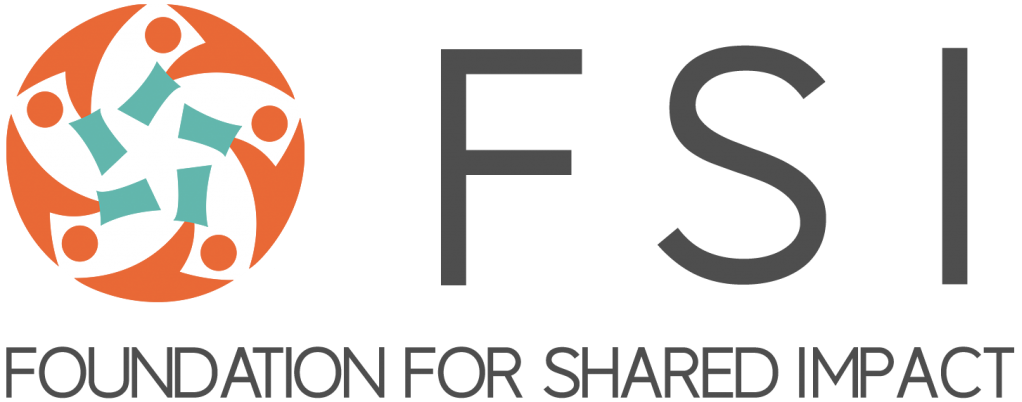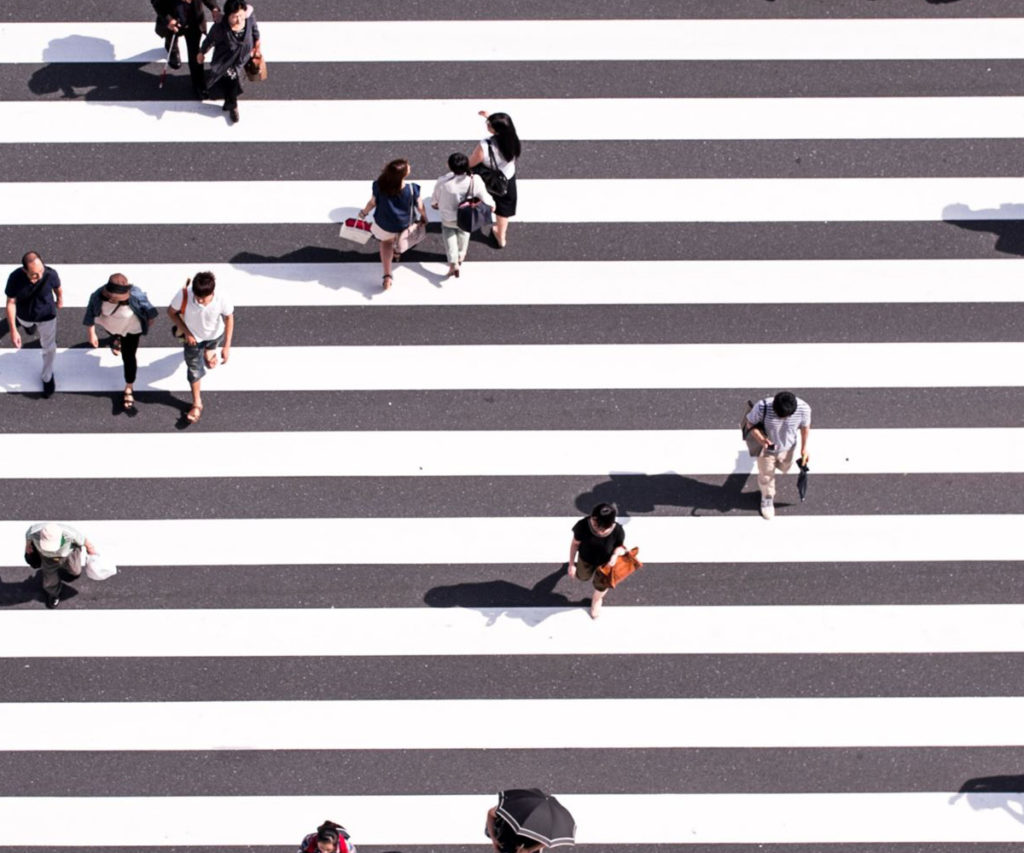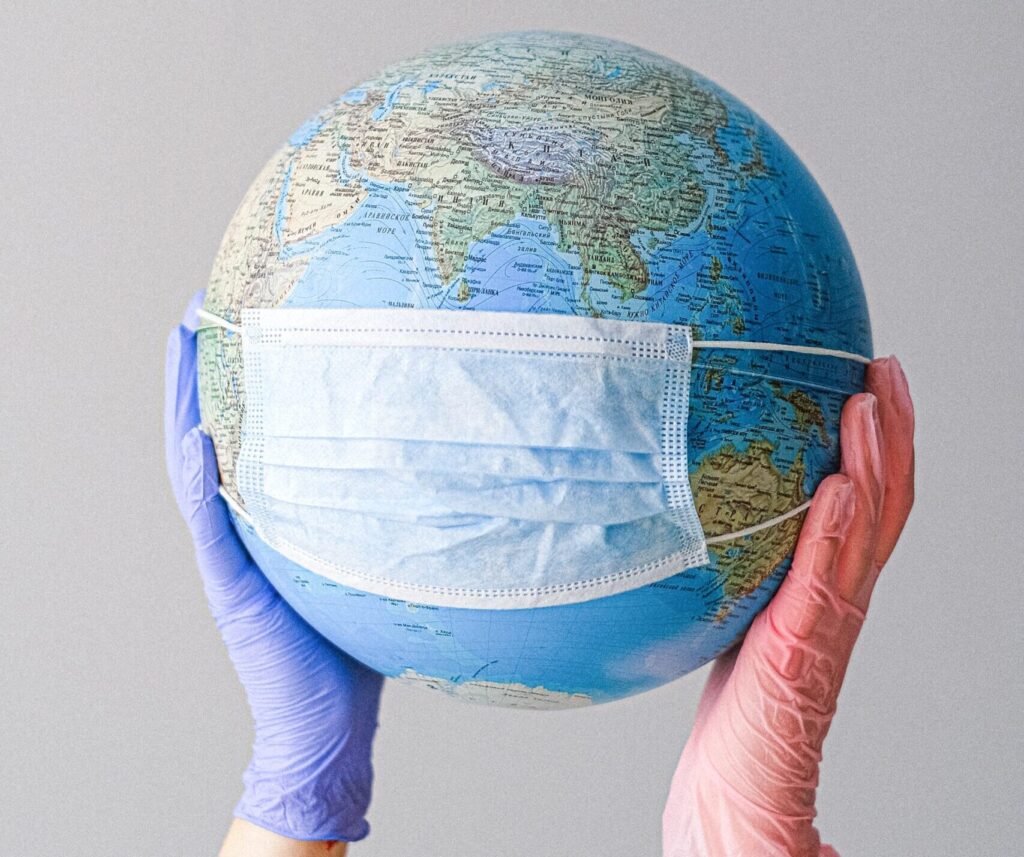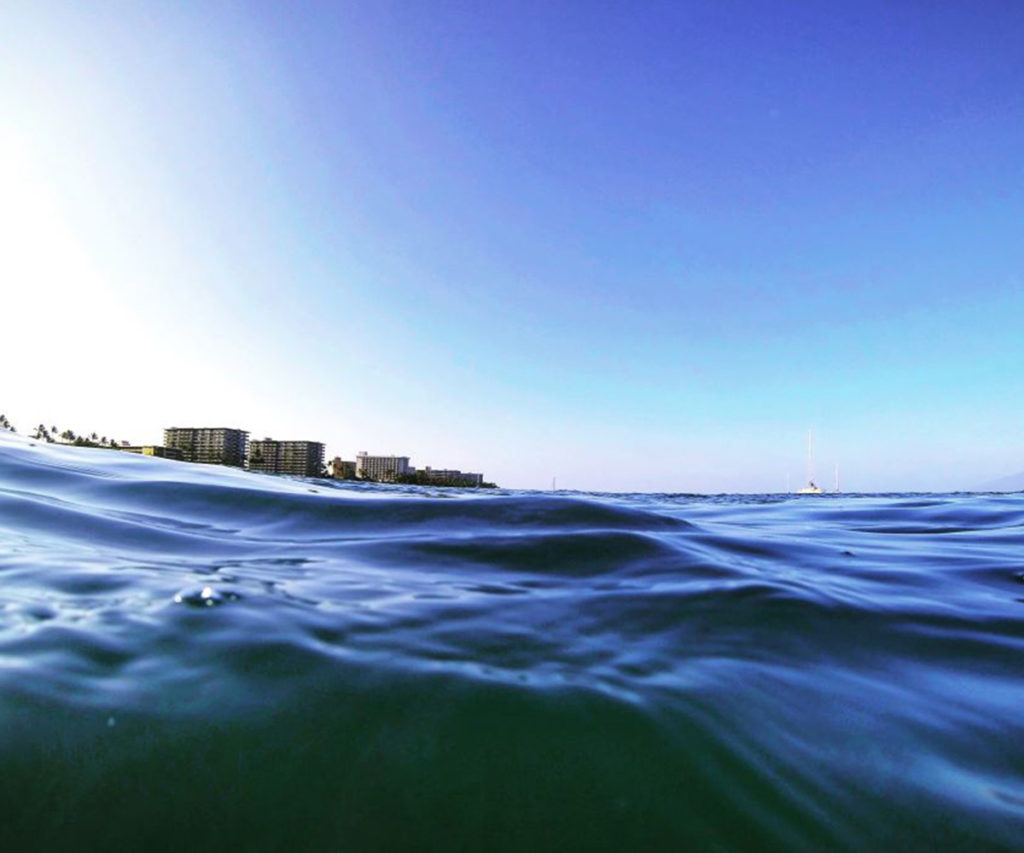Ever heard of “gastric shock”? We have, when a juvenile whale died of gastric shock on 19 March, after swallowing 40kg of plastic bags, becoming the whale that died with the most plastic found in its stomach to date. According to scientists’ estimates in 2015, approximately 90% of all seabirds have ingested some amount of plastic. Take the case of the albatross: plastic is found in 100% of regurgitated chick feed, as well as in the stomachs of over 97% of dead Laysan albatross chicks from Hawaii and 89% of dead adult birds. About 100,000 marine mammals die every year because of plastic pollution, says UNESCO. Varying amounts of microplastics have entered the digestive systems of the marine animals that haven’t died from plastic pollution yet, from whales and seals and turtles to fish and mussels, and all the way down to the amphipods inhabiting six of the world’s deepest ocean trenches.
Humans are by no means spared. Last year, microplastics were found in human stools for the first time. Microplastics are in the food we eat (and as much as 70,000 microplastics from the dust could settle on our dinner), the air we breathe, the clothes we wear. If you wear synthetic clothing and are a fan of mackerel, anchovies, mullets, and croakers, there is a chance that every time you consume your favorite fish dish, you’re also ingesting the microplastics that are washed off from your clothes. It is hard to determine what harm microplastics can do to the human body once they are ingested, because plastic comes from many forms and contains different kinds of additives, such as pigments, ultraviolet stabilizers, water repellents, flame retardants, stiffeners such as bisphenol A (BPA), and softeners called phthalates, some could affect normal hormone functions, some interfere with brain development in fetuses, while others could cause cancer or birth defects.
The first synthetic plastic, Bakelite, was invented by Belgian-born American chemist Leo Hendrik Baekeland in 1907. But rapid growth in global plastic production didn’t begin until the 1950s — the years from 1950 to 2015 saw the annual global plastic production increasing nearly 200-fold, from two million tonnes per year in 1950 to 381 million tonnes per year in 2015. By 2015, the world had produced 7.8 billion tonnes of plastic, more than one tonne of plastic for every person alive today. Incineration and recycling of plastic did not come on to the scene until 1980, and the cumulative amount of solid plastic waste produced since the 1950s that has not been incinerated or recycled amounts to 4.9 billion tonnes, including about 10 million tonnes that flows into the sea every year.
And yet, for the huge amount of plastic we are producing globally, using about 8% of the world’s oil production, only a fifth is recycled, and 40% of the plastic produced is packaging, often used just once and briefly. For example, 100 trillion plastic bags are used worldwide every year, each for just 15 minutes, but it takes anything between 15 to 1,000 years for plastic bags to degrade — not biodegrade — into microplastics, continuing their pollution to the environment.
While some argue that single-use plastic, rather than more durable forms of plastic, is to blame for the environmental crisis that we’re currently facing, it is worth noting that when mismanaged, plastic, in general, contributes to environmental damage all the same. Plastic materials, once washed off into the ocean, can become concentrated in areas called gyres as a result of marine pollution gathered by ocean currents. Today, there are five gyres in our ocean, and the North Pacific Gyre, also known as the Great Pacific Garbage Patch, is twice the size of Texas.
With China taking the lead in refusing to be the world’s dumping ground, Southeast Asian countries such as Vietnam, Thailand and Malaysia are also taking steps to ban waste imports. From Australia, the US, and the UK, developed countries are left struggling to deal with their own solid waste, at the same time realizing just how costly plastic recycling and waste disposal can be, and the inadequate capacity to handle this amount of waste, whether in the countries where the waste is exported to or at home.
The War on Plastic
Last year, the EU approved a ban on single-use plastic and laid down new plans to make sure that all plastic packaging on the EU market will be recyclable by 2030. All over the world, countries and cities have passed laws and introduced measures to break up with single-use plastic: France was the first country to ban plastic cups and plates; New Delhi banned all forms of single-use plastics back in 2017; Costa Rica is aiming to become the first country to ban all single-use plastics by 2021; the UK announced a 25-year plan on plastic elimination and plastics bottles and straws are banned from all Royal estates; Taiwan aims to ban single-use plastic and disposable utensils entirely by 2030; Montreal’s plastic bag ban has been effective for a year by now; Seattle outlawed single-use straws and utensils last year, subjecting violators to a US$250 fine; in Kenya, offenders of the plastic bag ban could face up to four years of prison terms or a US$38,000 fine, and the ban looks to be a mixed blessing. As of writing, a plastic bag ban in New York is looking likely to become reality.
Rethinking Plastic
But even if we allow ourselves the optimism insight of drastic global attempts at plastic reduction, the fact is that much of the plastic ever made still exists in some shape or form, and there are more microplastics in our ocean than there are stars in the Milky Way. Fortunately, some of us have an innovative mind to turn the tide in our battle against plastic pollution. The Recycled Island Foundation’s Recycled Park project in Rotterdam, the Netherlands, retrieved plastic waste from the river New Meuse just before it reached the North Sea. The plastics were sorted and recycled to build hexagonal building blocks, which were assembled to create a floating park, providing a recreational space for people and habitat for the flora and fauna. Plastic Bank, founded in 2013, is a social enterprise with a mission to stop plastic from entering the ocean and to alleviate poverty. For its first project in Haiti, Plastic Bank paid locals to clean the coastline of rubbish and bring it to the 40-plus recycling centers it built. These plastic collectors were paid above-market rate through the blockchain platform developed in Plastic Bank’s partnership with IBM, so that over time, the collectors can build credit and earn low-interest loans. Plastic Bank is also turning plastic waste into currency for the world’s poor through Social Plastic, which is essentially the plastic waste collected by the locals that can then be exchanged at the recycling centers for cash or goods and services. Once the Social Plastic is exchanged, it is cleaned and crushed into pellets before it is sent to multinational corporations to be used directly in the manufacture of goods. Another social enterprise devoted to freeing the ocean of plastic and creating value from plastic waste is Plastic Whale, which organizes “plastic fishing” trips on which volunteers help clean the canals in Amsterdam and Rotterdam of trash, with the plastic collected then recycled to make the fishing boats, as well as items for Plastic Whale Circular Furniture.
Among FSI’s portfolio of social businesses, Soap Cycling stands out with its endeavors in plastic reduction and upcycling. Since 2017, Soap Cycling has been collecting half-used bottled hotel amenities, which are then upcycled to be distributed to the people in need in Hong Kong, such as the homeless, the elderly, and refugees. In 2018, Soap Cycling recycled almost 1,000kg of single-use plastic hotel amenity bottles, and during its monthly food and soap distribution trips to some of the low-income communities in Hong Kong, Soap Cycling offers people the option of paying a HK$20 deposit for a one-litre bottle that can be used for refill the next month. Learn more about Soap Cycling’s bottled hotel amenities upcycling and its new shampoo refill program here. While you’re at it, listen to this podcast interview where Patrick Davis, general manager of Soap Cycling, spoke about soap recycling, youth empowerment, and the upcoming G.R.E.E.N. Hospitality Conference that will be taking place on 26 April, at Cordis Hotel, Hong Kong, where changemakers in the hospitality industry from all over Asia will be speaking on issues from human trafficking to food waste and single-use plastic.
Its cost-effectiveness, versatility, functionality, and durability means that plastic and us will not come to a clean break in the near future. But perhaps with a little reimagination, we can benefit from the advantages of plastic while causing a less detrimental effect to the environment: the New Plastics Economy is built upon the principles of the circular economy and brings together key stakeholders to rethink and redesign the future of plastics, starting with packaging. After all, why further exhaust the Earth’s resources to produce virgin plastic when there are already four trillion pounds of plastic on the planet? Early this year, we saw the launch of circular shopping platform Loop, which works with major brands such as Procter & Gamble, Nestlé, PepsiCo, Unilever, Mars, Coca-Cola, and Danone to pilot a new system of high-quality reusable packaging, so that products can be “delivered to customers at the same time empties are picked up, washed, refilled and restocked for delivery to another customer”. With a space the size of a cargo container, you can create your own circular plastic economy too — learn how from this open source tutorial by Precious Plastic, and locate potential collaborators from this map of global Precious Plastic community, such as this design studio in Hong Kong.



